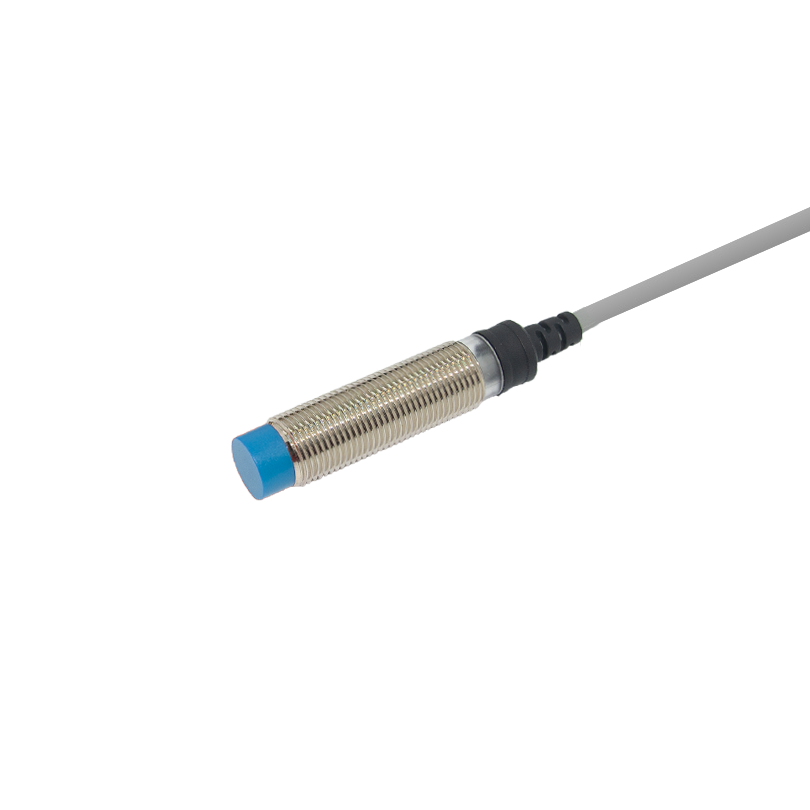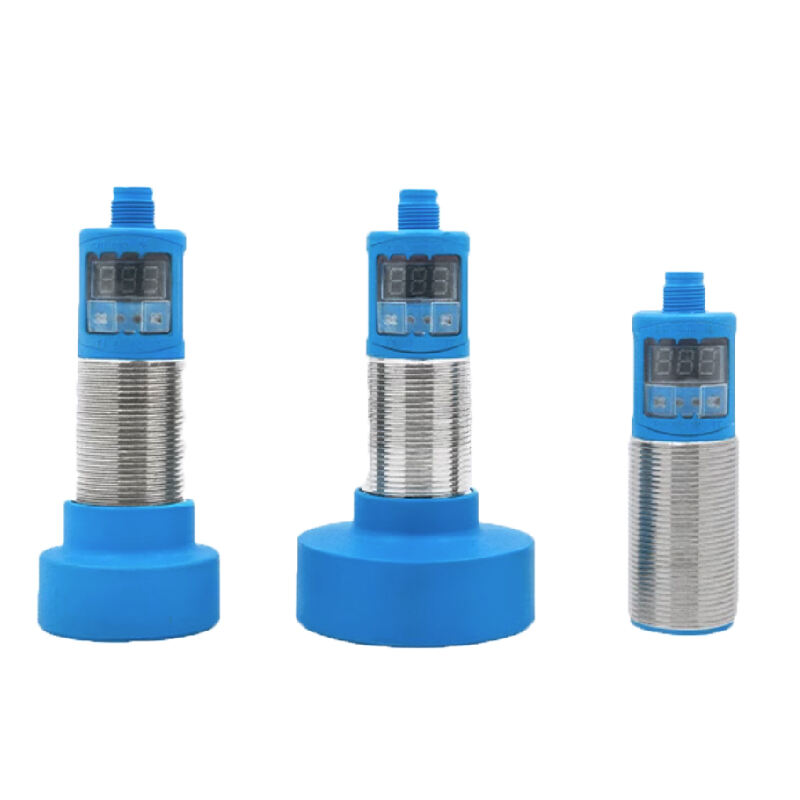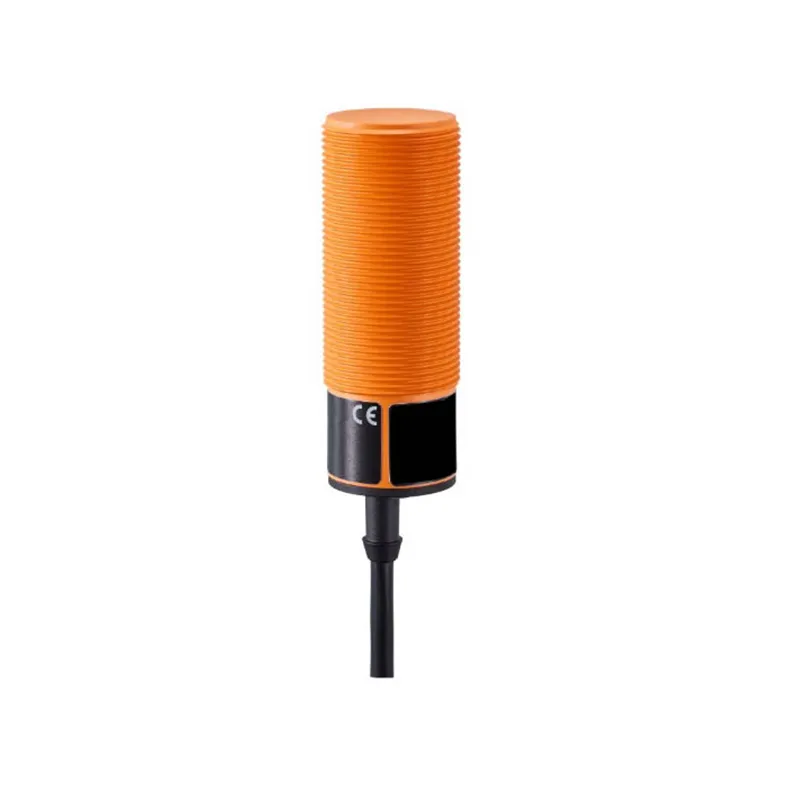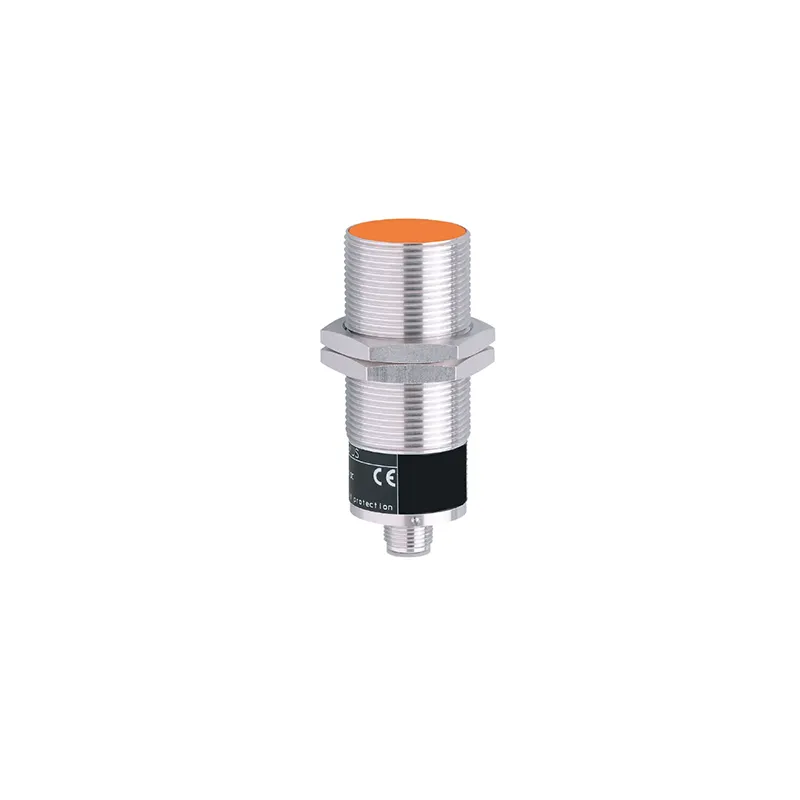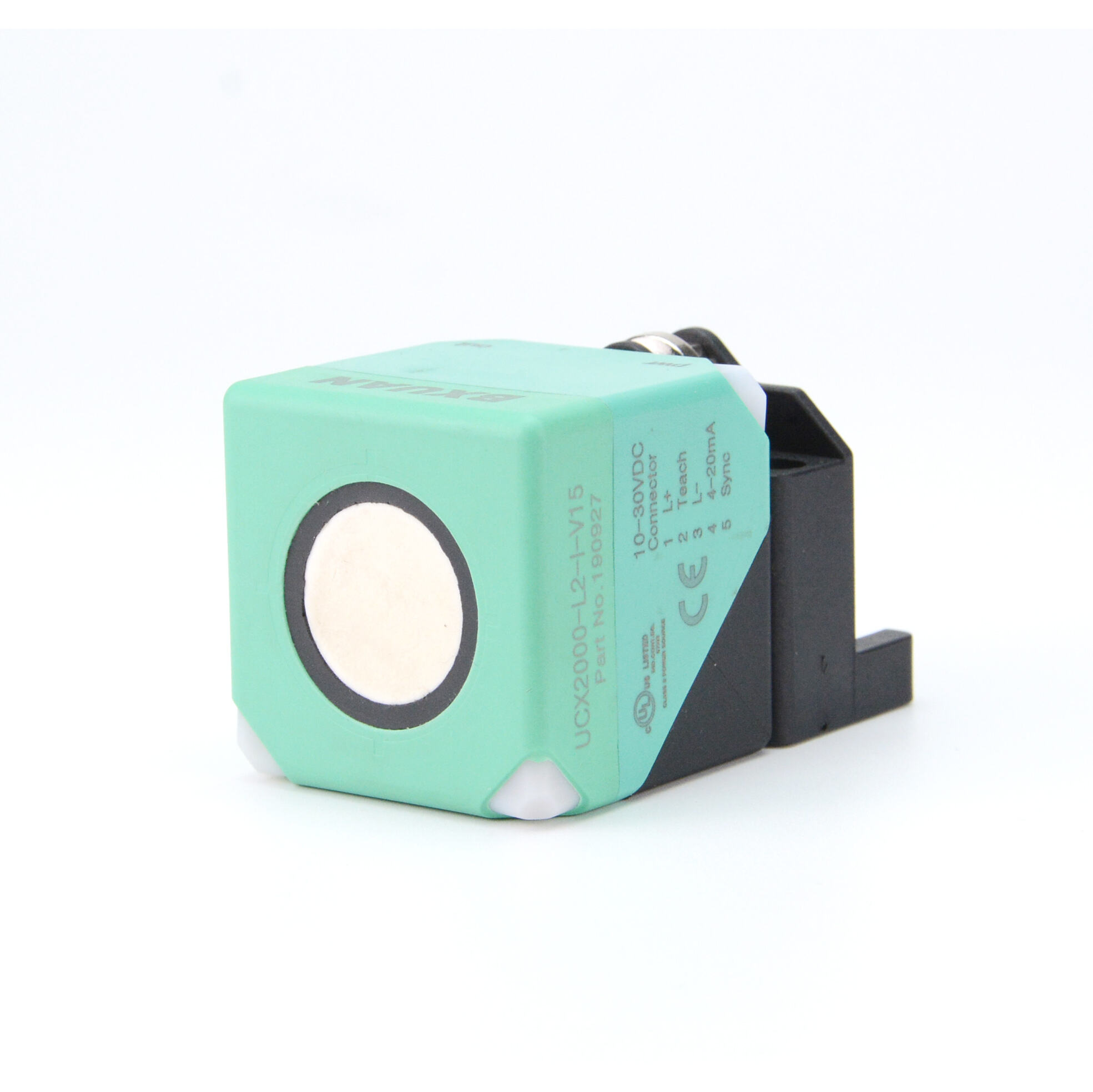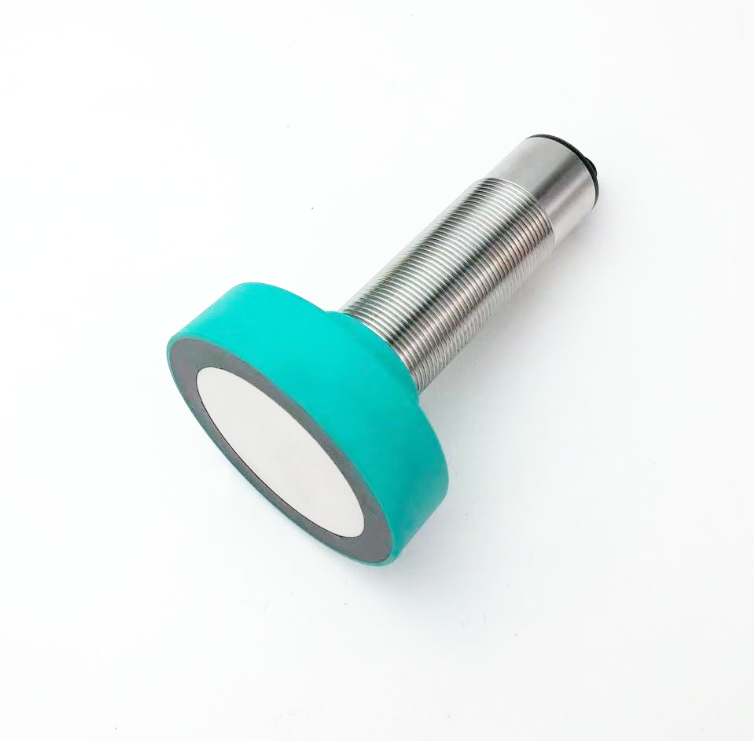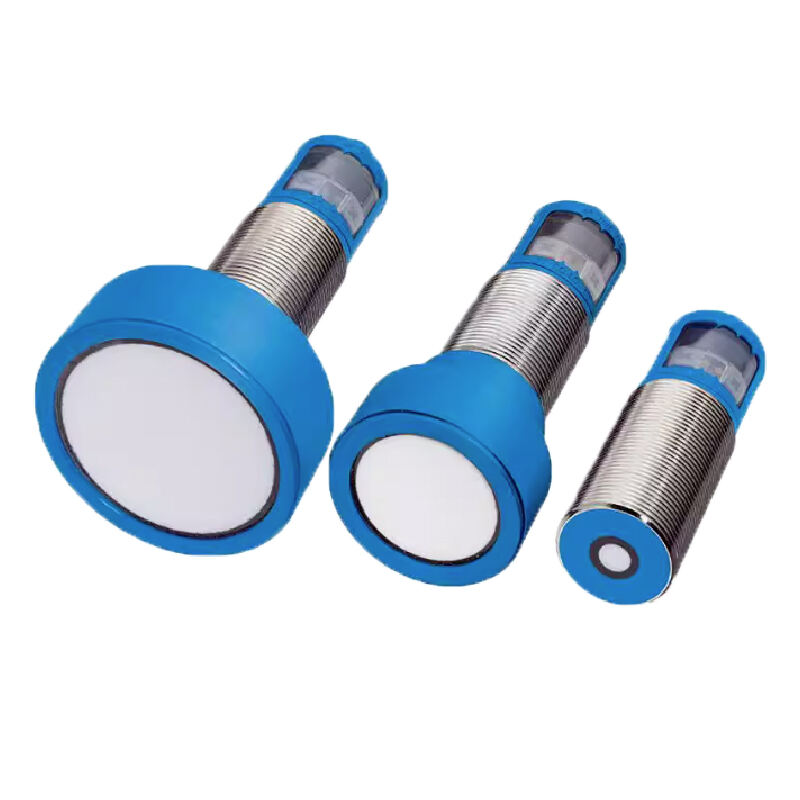senzori foto infraroz
Një sensor foto i infrigujt është një pajisje elektronike e sofistikuar që zbulon rrezatimin e infrigujt për të mundësuar mundësi detektimi pa kontakt. Kjo teknologji e avancuar përdor gjatësi valore të dritës së infrigujt për të zbuluar lëvizjen, matur temperaturën ose identifikuar objekte brenda rrezen e saj të zbulimit. Sensori përbëhet nga një emetues LED i infrigujt dhe një pranues fotodiodë, të cilat punojnë në shtretër për të krijuar një sistem të besueshëm detektimi. Kur drita e infrigujt godet një objekt, ajo riflektohet mbrapsht te pranuesi i sensorit, duke shkaktuar një reagim bazuar në parametra të paracaktuar. Këta sensorë funksionojnë efikas në kushte të ndryshme drite dhe mund të punojnë përmes materialeve të ndryshme, çfarë i bën jashtëzakonisht të përshtatshëm për aplikime të shumta. Në mjediset industriale, sensorët foto të infrigujt janë të domosdoshëm për kontrollin e cilësisë, proceset e prodhimit automatik dhe sistemet e sigurisë. Ata dallohen në elektronikën konsumatore, duke shërbyer si sensorë afërsie në telefonat inteligjentë, dyer automatike dhe sisteme sigurie. Saktësia e kësaj teknologjie lejon matje të sakta distancash dhe zbulim objektesh, ndërsa natyra jo invasive e saj e bën të përshtatshme për aplikime ku kontakti fizik nuk është i dëshirueshëm. Sensorët modernë të infrigujt integrojnë mekanizma të avancuar filtrimi për të reduktuar aktivizimet e gabuara dhe për të rritur besueshmërinë, duke siguruar performancë të qëndrueshme edhe në mjedise të vështira. Integrimi i përpunimit të sinjaleve digjitale përmirëson më tej saktësinë e tyre dhe lejon algoritme më të sofistikuara detektimi.

